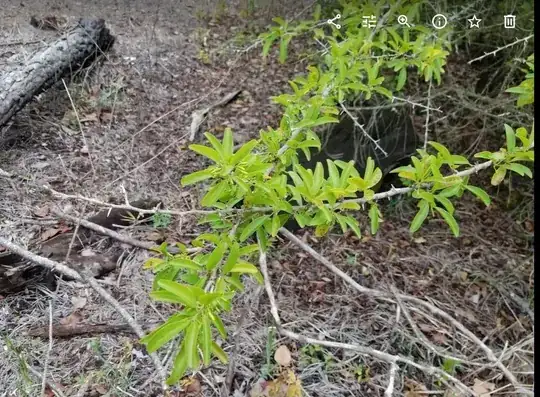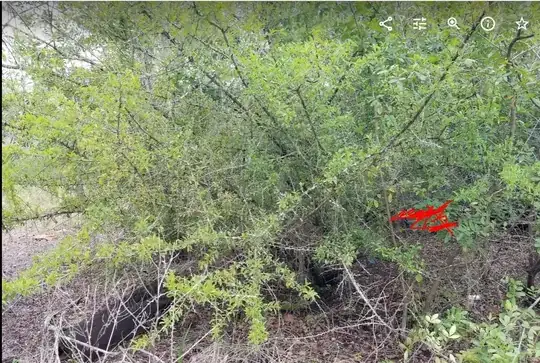Before we can talk about propagation we really need to identify it. And evidently it is a tough candidate for ID, probably because it is either rare or it's the wrong time of year to make identification easy.
In your two pictures "are these the same" the detail that says probably not is the difference in leaf shape - the original has elliptic leaves with positively rounded tips while the other has pointed tips. The elliptic leaves might be very helpful as a distinctive feature. Measure the leaves for length and breadth and get an idea in inches and mm. of the averages for each - it's another key feature when traversing keys.
In the first image, if we zoom in we can see flowers in clusters - greenish flowers which look long and tubular, another possible feature. Keep a close eye on these flowers as they expand, and note the details of the fruits when they appear. All good information.
Florida has a publication which helps to identify local plants here. Take the word "elliptic" and do a search in this key and you will find a number of candidates. Also use "thorn" and it will point to a plant called Lycium. With this name, try to see if any Lyciums resemble your plant. The problem with these keys that they often need a characteristic which is not currently available which makes ID difficult. You may be able to find other keys available.
For propagation, first look around the shrub to see if any of the tips have rooted themselves as layers in the soil naturally. Also look for previous year dried fruits still hanging on the shrub or naturally growing seedlings. If none, try to find some shoots which are between softwood and hardwood and try to root them as cuttings. Also wait for fruits to appear and ripen, and collect seeds.


